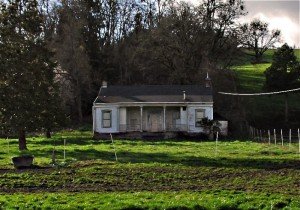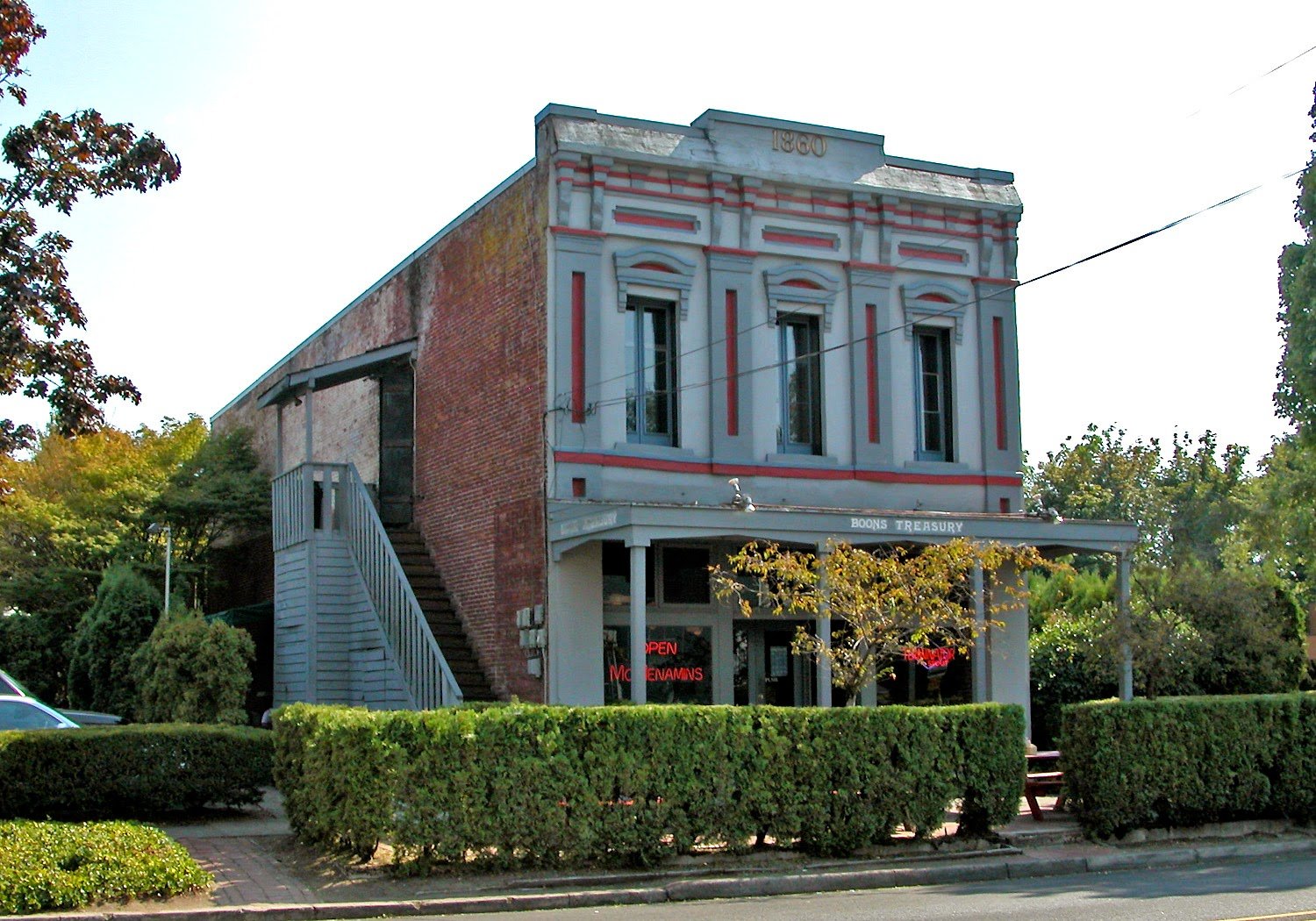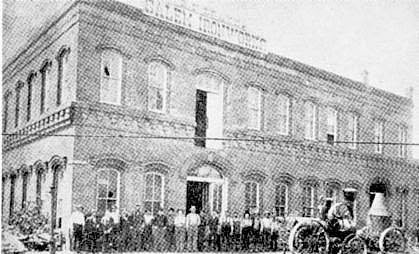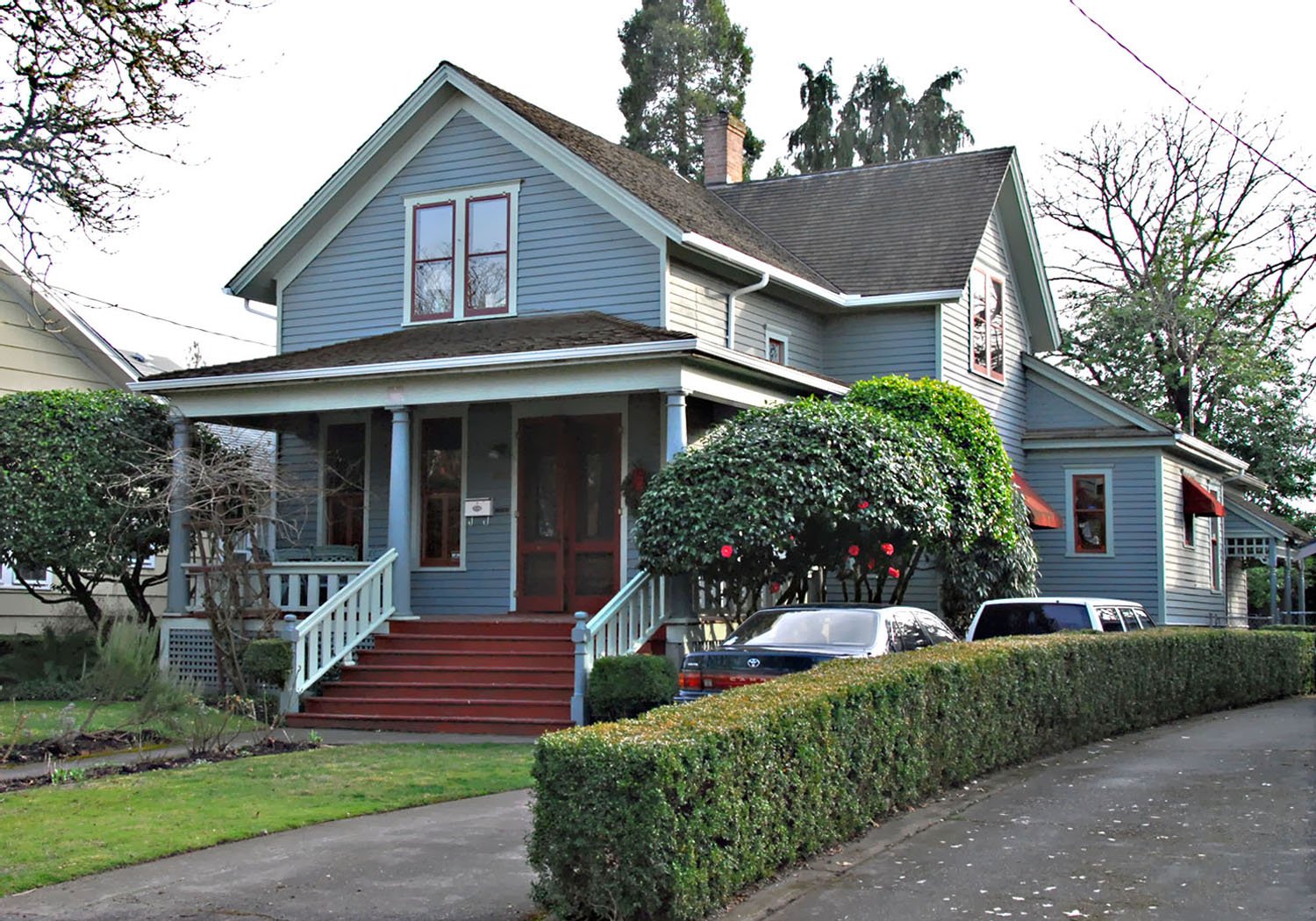World Events
- The first Japanese ambassadors to the U.S. arrive in San Francisco. The Chief minister of Japan is assassinated by Ronin samurai to protest opening Japan to foreign powers.
- After defeating Neapolitan forces, Garibaldi gives Naples to Victor Emmanuel II, naming him King of Italy.
- Abraham Lincoln is elected as first Republican U.S. President in November. South Carolina secedes from the Union the next month. (Team of Rivals, Doris Kearns Goodwin, 2006)
- In San Francisco, organized baseball played for the first time.
- “Pony Express” begins mail service from St. Joseph, Missouri to Sacramento, California with riders carrying a small Bible.
- Idaho white settlement begins at Franklin.
- Joseph Jefferson stars in “Rip Van Winkle” in New York City.
- In England, Wilkie Collins’s Woman in White, an early detective novel, as well as George Eliot’s Mill on the Floss, are published. New American Books: The first “Dime novel” is published: Malaseka, The Indian Wife of the White Hunter. Not even Walt Whitman’s sensitive Leaves of Grass, can surpass the most-read book (except the Bible) in America, which is Uncle Tom’s Cabin by Harriet Beecher Stowe.
In Salem
Residents of Salem are more interested in state politics than anything happening in Japan or Italy: Oregon had become the nation’s 33rd state the year before with John Whiteaker as Governor, Lucien Heath as Secretary of State and John Boon as Treasurer. Because Salem is the capitol city, John Boon, a local merchant, builds this store at 888 Liberty Street. It will also serve as the first State Treasury. A favorite trading place in Salem’s early history, the next owner, William Lincoln Wade, who built his residence on the same block, opened the building’s upper story to serve as a community hall. With the repeal of Prohibitio
When You Visit
Now known as Boon’s Treasury, the venue offers food, drinks, and live music.
While you’re there, check out the 1960 historic marker at Mill Creek, across High Street behind Boon’s Treasury, to read about Salem’s founding at this location along Mill Creek in 1842.
Lincoln Wade’s Gothic-style 1870 home, formerly next door to Boon’s Store, is now located at 1305 John Street S. It is listed on the National Register of Historic Places.
Other Events
- With the passage of the City Charter, Lucian Heath, who had been our first state Secretary of State in 1859, was now elected our first mayor and took office on Nov. 22. Realizing the shallow wells used by residents and businesses were unhealthy, he initiated a committee of aldermen to discuss diverting water from Willamette Woolen Mill’s Salem Ditch (itself a diversion from Santiam River) to Mill Creek. Negotiations with John Force, who owned the water right, failed.
- Edward Dickinson Baker, one of Abraham Lincoln’s closest friends, is invited to Salem. He leaves his law practice in San Francisco, to establish residence here and become a US Senator from Oregon.
- Drake’s Iron Works is established on Front Street, beginning industrial use of our Salem downtown riverfront. Further north at Mill Creek and Liberty Street, Lucian Pratt and Joseph Watt build the successful Willamette Wooden Mill. B.M. Durelle moves his lumber mill machinery from a floating steamboat to a plant on the riverbank just north of Trade Street, but fire destroys his first plant and the replacement is washed away in a flood with in a year.
- Asahel Bush II, prominent pioneer newspaper publisher and banker, purchases 100 acres, farmhouse and barn from Dr. David Leslie, a pioneer Methodist missionary at the Willamette Mission, who held a Salem donation land claim, for $4,000. (Mary Kinney Leslie and Rachael Beardsley Beers were among the five wives who had accompanied the missionaries to the 1837 settlement abandoned in 1841.) The Bush family will live in the former Leslie home for the next 17 years.
- The Rural Gothic Waller-Chamberlain house (above) is built on State Street, probably in the present 1600 block. It was the home of Alvin Waller, a pioneer Methodist minister and supporter of the school that became Willamette University
. He raised funds and oversaw constructi on of the First Methodist Church. In 1901, after a move to 1658 Court Street, the Chamberlain family was photographed on the front steps. This is the earliest home now in the Court-Chemeketa Historic Residential District. The present owners house remodeled the house in 1982. A few blocks away, on the northeast corner of Chemeketa and 14th streets, Joseph Holman built his log home and the first bridge across Mill Creek. - At 738 North Front Street, John Webster Huntington, Superintendent of Indian Affairs builds a home. In this neighborhood, bordering Marion Square Park, other notables live including E. N. Cooke, our second mayor, and Obed Dickinson, first minister of the Congregational Church. The only residence to survive is the rebuilt 1861 Wilson-Durbin House on Water Street.
- This year, Chemeketa Lodge No. 1, Oddfellows (IOOF), established as the “Mother Lodge of Oregon”. It moves to the Holman Buildin for the next 30 years. Members of the Lodge at this time include many prominent Salem names: B. F. Harding, E. N. Cooke, Joel Palmer, Cyrus Reed and Albert Zieber.
- Charles I. Roe becomes the second man hanged in Salem: he confessed to the murder of his (second) wife, Angelica, the motive being he “loved his wife better than life, and killed her to prevent others from enjoying her.” The hanging was 150 feet east of Church Street toward near Trade Street, adjacent to the present Lindsay Towers. Roe’s first marriage, to Nancy McKay, was part of the 1838 wedding festivities that also united Jason Lee and Anna Maria Putman at the original Willamette mission.

- John Phillips farm is already established in Polk County by this year. This historic 1853 vernacular Greek Revival house (above) was built for pioneer John Phillips, who came to Oregon via the Oregon Trail in 1845. He finished his journey to Oregon on the Meek Cutoff as part of Stephen Meek’s “lost wagon train”. Phillips was a native of Wiltshire England who arrived in the U.S. in 1834 and married Elizabeth Hibbard in 1839. He came to Oregon and bought the Turner donation land claim in Polk County for $100. The locale was once known as Spring Valley Ranch. John Phillips’ daughter Hannah married Samuel Barker. The grandson, Samuel E. Barker and his wife Velma were the last occupants. Their niece remembers stories that the local Native Americans would come in the back door to warm themselves by the pot-bellied stove. In 1976 the house was placed on the National Register of Historic Places. In 2014 it is the oldest residence in Polk County and was owned for 156 years by the same family. This National Register property on Spring Valley Road has been unoccupied since 2002.




3 Comments